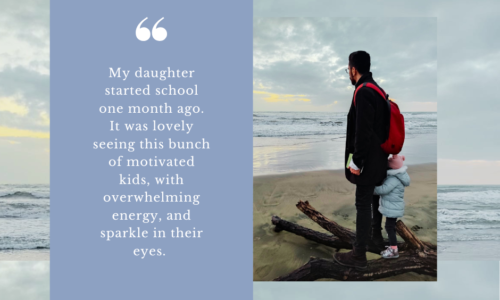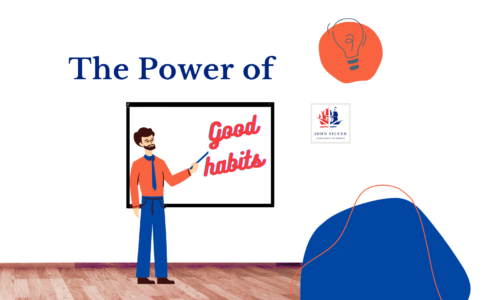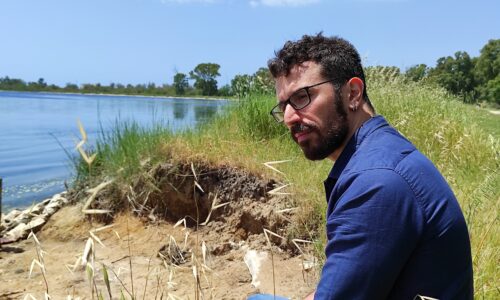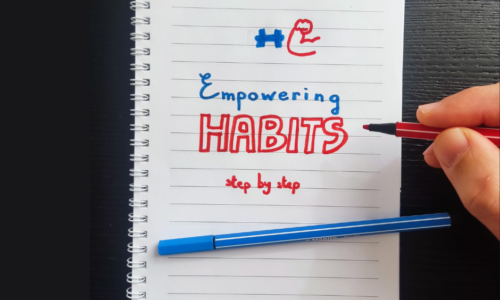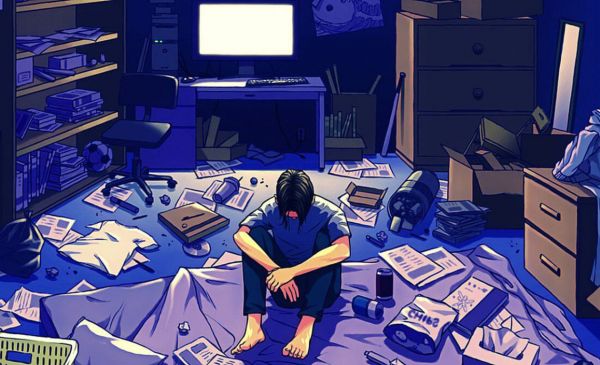
Hikikomori ひきこもり
A new way of “life”
Hikikomori, from Hiki “to withdraw” and Komori “to be inside”, was first observed in Japan during the ‘90s, when the economic “ice age” prevented young people from achieving their goals. Anxiety helped Hikikomori spreads among students and workers, and today a million people worldwide are affected.
The core features are being isolated at home and cutting relationships. People, called Soto-Komori, have no interest in interaction.
Reacting to traumatic experiences
They react to traumatic experiences, such as losing a job or failing an exam, by opting out of society and observing the world passively, through online gaming and social media.
Social care is too focused on responding to dramatic or visible problems, leaving families feeling stuck and isolated. And this has been worsened by COVID-19.
Change the society
Helping Soto-Komori is not easy. Patience and understanding are needed, as well as acting on individuals, families, and communities. We need to change society’s approach to school and work, to bring them back to life.
Matteo Felici
